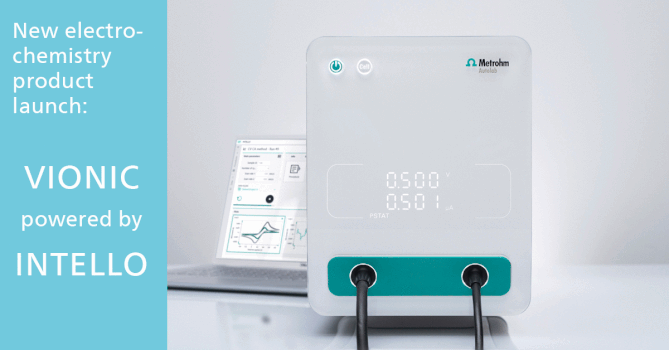Matrix Effects and Their Elimination in Gas Chromatographic Analysis of Pesticide Residues in Food
Abstrakt
In the GC and GC-MS analyses of pesticide residues, various adverse effects occur due to matrix co-extractives, which worsen the accuracy of analyses. In this review, the methods of overcoming the problems resulting from matrix effects are described. So far the most effective approach has been the use of matrix-matched calibration standards. Also some other methods such as sample purification or the GC injection technique can partly reduce the matrix effects. A novel approach utilizing analyte protectants has been proposed. The protectants have some advantages over the matrix-matched standards. Further studies of their application are necessary before implementing them into analytical practice.Stahování
Publikováno
15.01.2008
Jak citovat
Húšková, R., Kirchner, M., & Matisová, E. (2008). Matrix Effects and Their Elimination in Gas Chromatographic Analysis of Pesticide Residues in Food. Chemické Listy, 101(12). Získáno z http://ww.w.chemicke-listy.cz/ojs3/index.php/chemicke-listy/article/view/1714
Číslo
Sekce
Články




